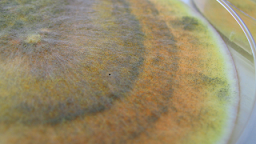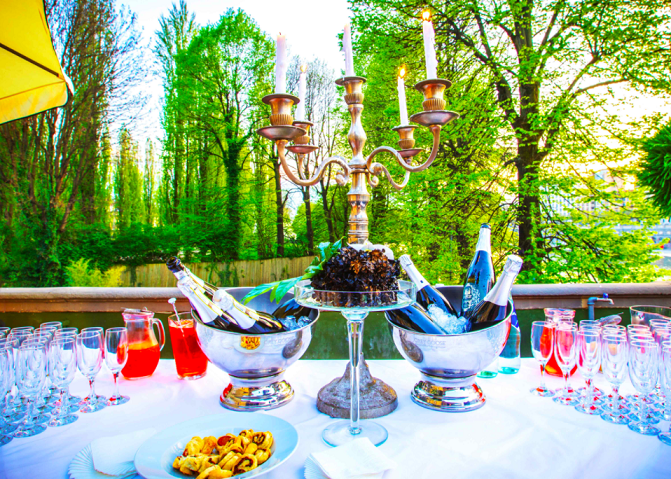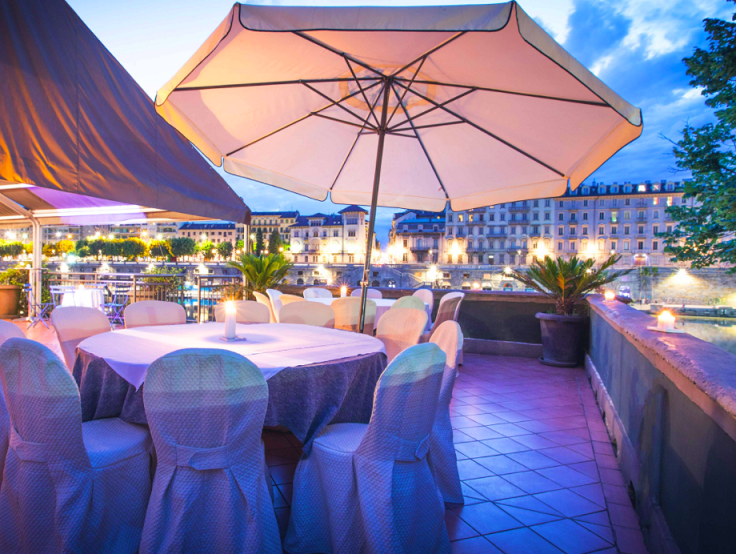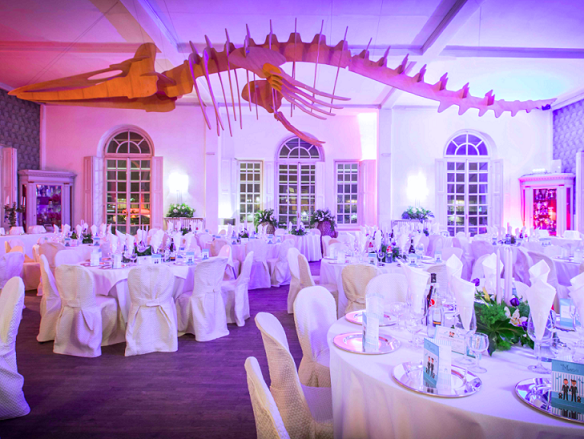.
.
.
Welcome party
Wednesday, June the 12th, 18.30
Botanical Garden, viale Mattioli 25, 10125 Torino
The Welcome party will be held in a unique and charming venue, the Botanical Garden of Turin, surraunded by one of the largest parks of Turin, next to the Valentino Castel.
The Botanical Garden was founded in 1729 at the behest of Vittorio Amedeo II, as a structure aimed at cultivating and making known plants, in particular their shape, their uses, their origins and their ecological characteristics. Initially the Garden did not have buildings and was about 6800 m2. In the 1729 it was enlarged by other 15,000 m2, separated from the oldest part, called “garden”, by a two-storey building: downstairs there was an orangery, and upstairs there was a museum and the herbarium.
At the beginning of the nineteenth century, tree species were planted in the oldest part, and the central part of the garden was transformed into an “avenue”. In the 1831 the cold greenhouses, oranges and greenhouses and basements for the cultivation of tropical species were built. In the same year in the northern area, called “grove”, a hundred tree species were planted, still largely living. Models hills, avenues, and ditches were dug, with the intention of creating a scenic effect. In 1892 the building was doubled, with a large hemicycle hall and rooms for laboratories. The Botanical Garden has been open to the public since 1997, and every year is visited by about 8000-10000 people.
The Botanical Garden continues to be adapted to scientific knowledge and communication needs with new species, new and researches on plants and dissemination activities.
Social dinner
Thursday, June the 13th, 19.30
Esperia Resturant, corso Moncalieri, 2, 10131 Torino
The Social dinner will be held in one of the most suggestive night scenery of Turin: Piazza Vittorio Veneto and the Murazzi, in the location of the Cannottieri Esperia company.
The history of the company began on 30th August 1885, when some rowing enthusiasts decided to promote “rowing gymnastics”. On May 30th 1886 the Società Canottieri Esperia company was founded. The Società Canottieri Torino was born in that period as well, as part of the Royal Gymnastic Society of Turin. In the twenties of the twentieth century the two companies merged to create the headquarters of the experience. The merger was under the patronage of Gabriele D’Annunzio to whom we owe the motto of the company: “Si spiritus pro nobis, here contra nobis”, and the flag of the cruiser Trieste is still used as a standard-bearer at the entrance to the building.
The building was designed by the architect Contardo Bonicelli in 1926 and inaugurated on December 1928. Its stiyle is much more rural than urban. It has a beautiful terrace overlooking the Po river. In the large hall in which the event will take places, a whale skeleton is hanging. This is an artwork of the South American artist Juan Cespedes, who meant to evoke the element of water. Actually, Turin is strongly linked to water with its 41 km of urban river sections.
.

Photo exhibition from 21 May to 16 June
The ECCO 2019 Secretariat organised a photographic exhibition linked to the XXXVIII Annual Meeting of the European Culture Collections’Organisation.
The photo exhibition will take place in Piazza Vittorio Veneto, one of the main squares of the center of Turin, from 21st May to 16th June.
This exhibition intends to make people aware of the importance that the microorganisms (viruses, archea, bacteria, yeasts, filamentous fungi and microalgae) cover in the ecosystems, as well as in the food industry, pharmaceuticals and renewable energy. Despite the pivotal role that microorganisms play for our planet, people’s perception is generally negative.
A series of images with a short description of the importance of the microorganisms will be presented. Through images, we wish to rise people’s interest, underlining the positive side of microorganisms.
The scientific committee of the ECCO 2019 together with the ECCO Board aknowledge Collections and Research Groups that contributed to the exposition with photos of microorganisms from their archives.



